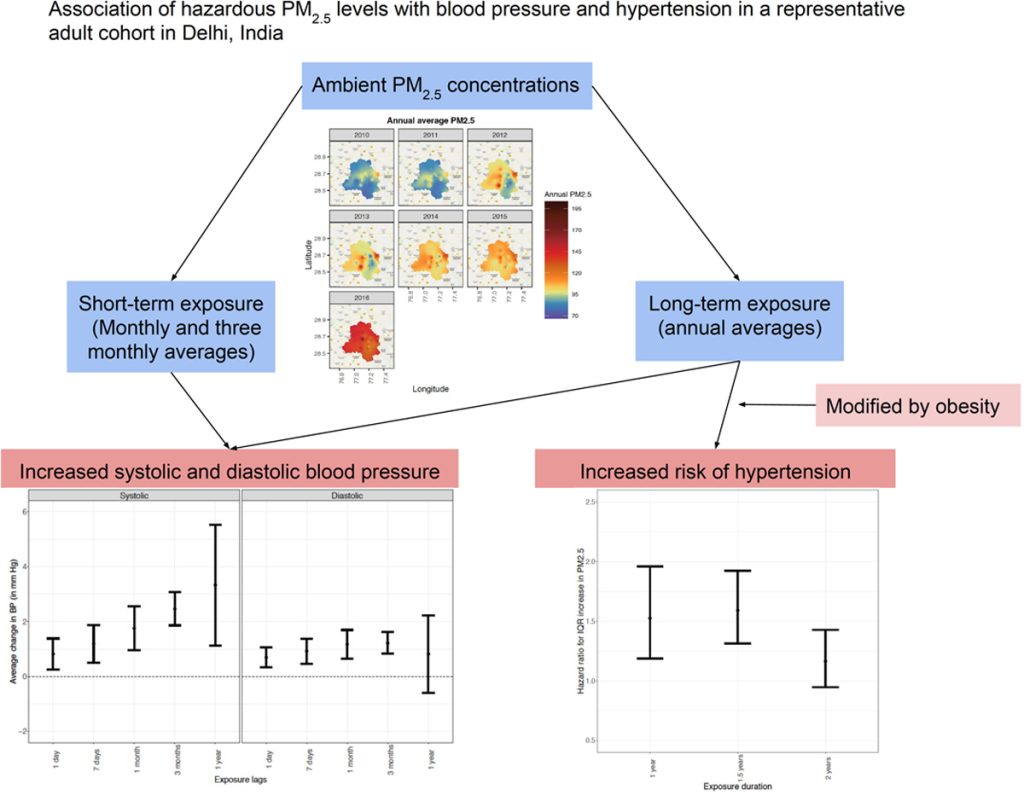Publication Year: 2020
EIA 2020: Two Steps Back…
Introduction
The Ministry of Environment, Forest, and Climate Change (MoEFCC) published the draft Environment Impact Assessment (EIA) Notification 2020 in the Official Gazette on 11 April 2020. If brought into force, it will replace the existing EIA Notification 2006. It has met with widespread public opposition. According to some reports, the Environment Ministry has received 17 lakh representations in response, and politicians across party lines have strongly opposed the draft. In this essay, Shibani Ghosh provides a brief overview of the environment clearance process under the EIA notification, and discusses four principal reasons why the 2020 draft is misconceived and should be withdrawn. She then contextualizes these reasons within the broader regulatory landscape of the 2006 notification. As India awaits far-reaching regulatory reforms, Ghosh proposes four ways in which the existing regulatory framework can be strengthened to achieve significant environmental and social gains.
Read moreLeveraging Existing Cohorts to Study Health Effects of Air Pollution on Cardiometabolic Disorders: India Global Environmental and Occupational Health Hub
Abstract
Air pollution is a growing public health concern in developing countries and poses a huge epidemiological burden. Despite the growing awareness of ill effects of air pollution, the evidence linking air pollution and health effects is sparse. This requires environmental exposure scientist and public health researchers to work more cohesively to generate evidence on health impacts of air pollution in developing countries for policy advocacy. In the Global Environmental and Occupational Health (GEOHealth) Program, we aim to build exposure assessment model to estimate ambient air pollution exposure at a very fine resolution which can be linked with health outcomes leveraging well-phenotyped cohorts which have information on geolocation of households of study participants. We aim to address how air pollution interacts with meteorological and weather parameters and other aspects of the urban environment, occupational classification, and socioeconomic status, to affect cardiometabolic risk factors and disease outcomes. This will help us generate evidence for cardiovascular health impacts of ambient air pollution in India needed for necessary policy advocacy. The other exploratory aims are to explore mediatory role of the epigenetic mechanisms (DNA methylation) and vitamin D exposure in determining the association between air pollution exposure and cardiovascular health outcomes. Other components of the GEOHealth program include building capacity and strengthening the skills of public health researchers in India through variety of training programs and international collaborations. This will help generate research capacity to address environmental and occupational health research questions in India. The expertise that we bring together in GEOHealth hub are public health, clinical epidemiology, environmental exposure science, statistical modeling, and policy advocacy.
Read moreDraft EIA notification dilutes environmental protections, is in denial of ecological crises
Rethinking India’s Energy Policy
Introduction
An energy supply approach is inadequate to India’s energy requirements at a time when multiple objectives need to be addressed. The state of play in energy supply and demand is examined, and the recovery of an older tradition of attention to energy demand patterns in addition to energy supply is argued for. The gains from an explicit attention to the fact that India has to address multiple and simultaneous objectives in shaping energy policymaking are laid out, and emerging methodologies to serve this goal are discussed. Shifts in governance patterns are a necessary part of transitioning to a broader, and more development-focused approach to energy policy.
Read moreExposure to Particulate Matter Is Associated With Elevated Blood Pressure and Incident Hypertension in Urban India
Abstract
Ambient air pollution, specifically particulate matter of diameter <2.5 μm, is reportedly associated with cardiovascular disease risk. However, evidence linking particulate matter of diameter <2.5 μm and blood pressure (BP) is largely from cross-sectional studies and from settings with lower concentrations of particulate matter of diameter <2.5 μm, with exposures not accounting for myriad time-varying and other factors such as built environment. This study aimed to study the association between long- and short-term ambient particulate matter of diameter <2.5 μm exposure from a hybrid spatiotemporal model at 1-km×1-km spatial resolution with longitudinally measured systolic and diastolic BP and incident hypertension in 5342 participants from urban Delhi, India, within an ongoing representative urban adult cohort study. Median annual and monthly exposure at baseline was 92.1 μg/m3 (interquartile range, 87.6–95.7) and 82.4 μg/m3 (interquartile range, 68.4–107.0), respectively. We observed higher average systolic BP (1.77 mm Hg [95% CI, 0.97–2.56] and 3.33 mm Hg [95% CI, 1.12–5.52]) per interquartile range differences in monthly and annual exposures, respectively, after adjusting for covariates. Additionally, interquartile range differences in long-term exposures of 1, 1.5, and 2 years increased the risk of incident hypertension by 1.53× (95% CI, 1.19–1.96), 1.59× (95% CI, 1.31–1.92), and 1.16× (95% CI, 0.95–1.43), respectively. Observed effects were larger in individuals with higher waist-hip ratios. Our data strongly support a temporal association between high levels of ambient air pollution, higher systolic BP, and incident hypertension. Given that high BP is an important risk factor of cardiovascular disease, reducing ambient air pollution is likely to have meaningful clinical and public health benefits.
Read more
The interplay between the pandemic and pollution
Climate laws help reduce emissions
Introduction
Over the last two decades, many countries have passed laws addressing climate change and related areas. Research now shows that these laws make a difference to emission outcomes, but the pathways of impact require further research.
Read more









